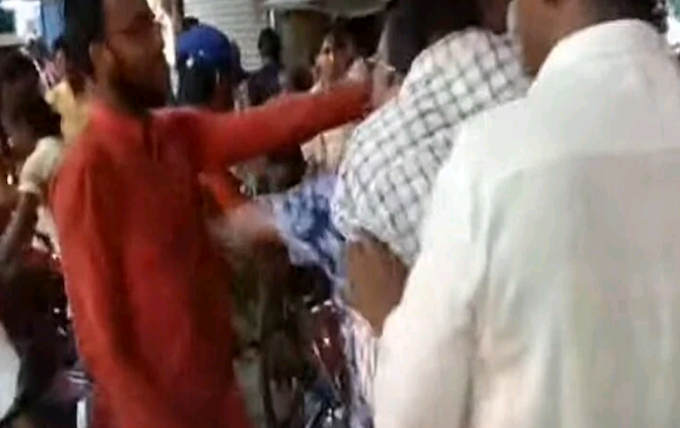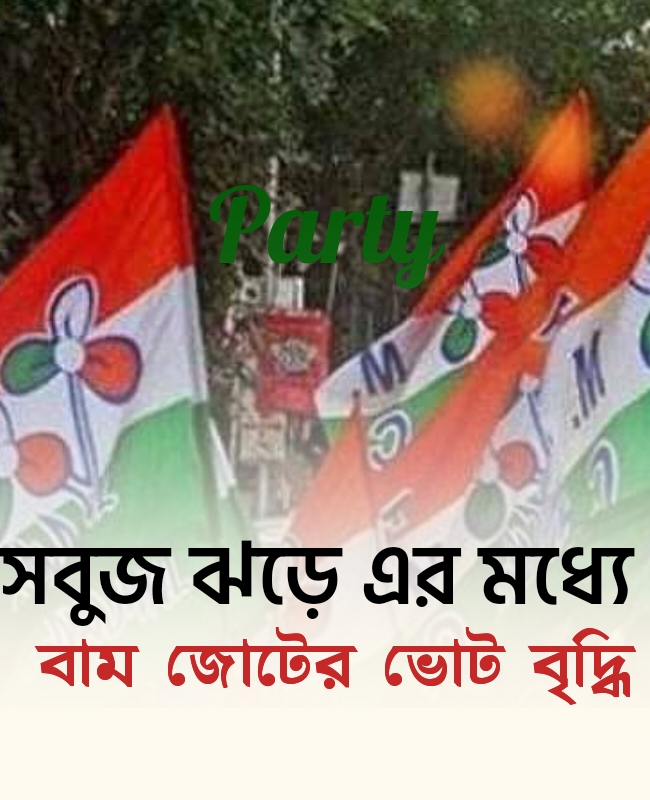Berlin-Pankow, June 1, 1955 — On the evening of International Children’s Day, a dramatic scene unfolded at an elementary school in Berlin-Pankow, East Berlin, as schoolgirls, schoolboys, and members of the Young Pioneers gathered around a roaring bonfire. With chants and fervor, the children cast heaps of what authorities called "trash and filthy literature" into the flames, marking the occasion with a bold display of ideological zeal in the heart of the German Democratic Republic (DDR).
The event, held under the watchful eyes of teachers and local party officials, transformed a day traditionally dedicated to celebrating childhood into a powerful statement of socialist unity. The Young Pioneers—East Germany’s communist youth organization for children aged 6 to 14—played a central role, their red neckerchiefs glowing in the firelight as they tossed banned books, pamphlets, and other materials deemed corruptive by the state into the blaze. Witnesses reported stacks of Western-origin comics, novels, and magazines among the items consumed by the fire, though exact titles remain unverified.
Organized on June 1, 1955, International Children’s Day in the DDR was often leveraged for political messaging, and this bonfire was no exception. The term "filthy literature" likely encompassed anything from capitalist propaganda to works of fiction that clashed with Marxist-Leninist values—part of a broader campaign to shield young minds from Western influence during the escalating Cold War. The children, ranging from first-graders to pre-teens, were guided in their efforts by educators who framed the act as a patriotic purging of moral and ideological decay.
Local residents recalled the crackling flames lighting up the school courtyard as smoke billowed into the night sky, carrying with it the ashes of forbidden ideas. “It was a lesson for us all,” said one former Young Pioneer, now in their 80s, who spoke anonymously. “We were taught that these books were poison, and burning them made us stronger.” The event echoed the DDR’s wider cultural crackdown, where censorship and public demonstrations reinforced state control over thought and expression.
This bonfire was not a singular occurrence but part of a pattern in East Germany’s early years, where symbolic acts of destruction underscored loyalty to the socialist cause. Historical parallels to the Nazi book burnings of 1933 were unavoidable, though the ideological underpinnings here were rooted in anti-capitalist fervor rather than racial ideology. The Pankow bonfire, while lesser-known today, remains a vivid snapshot of how the DDR enlisted even its youngest citizens in the battle for ideological supremacy.
As the fire died down, the children reportedly sang socialist hymns, their voices rising over the embers. For the regime, it was a triumph of discipline and unity; for the materials lost to the flames, it was a silent end. Decades later, this moment in Berlin-Pankow stands as a chilling reminder of the power of ideas—and the lengths to which they are suppressed.










